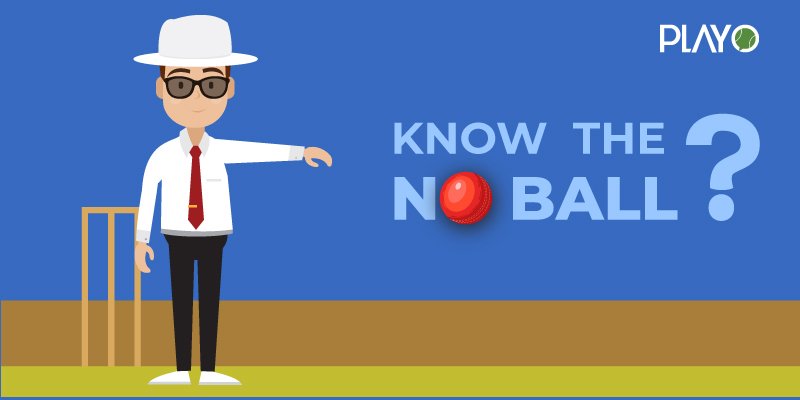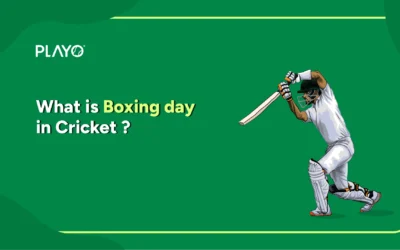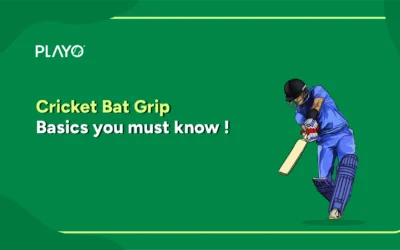The concept of ‘No Ball’ often confuses the cricket fans and even the experts. The on-field umpires at times fail to identify the ‘no ball’ and the consequent changes match result.
Generally, we think that ‘no ball’ is only related to the foot positioning of the bowler and a bowler is always at fault if a ‘no ball’ is delivered. But this isn’t the case always. No ball has a lot to do with a lot of other aspects.
Types of No Ball:
#1. Front Foot No Ball:
When the front foot of a bowler is not placed behind the popping crease, it is called Front Foot No Ball.
#2. Back Foot No ball:
When the back foot of a bowler touches the return crease, it is called Back Foot No Ball.
#3. High Full Toss No Ball:
When a delivery doesn’t produce any bounces but reaches the waist of the batter, it is known as the High Full Toss No Ball.
#4. Throwing No Ball:
When the bowler throws the ball at an angle greater than 15 degrees, it is the Throwing No Ball.
#5. Breaking the Stumps No Ball:
When the bowler breaks the non-striker’s stumps before entering the delivery stride, that is known as Breaking the Stumps No Ball.
#6. Change of Action No Ball:
When the bowler doesn’t follow the regular action of deliveries and changes the action like delivers the ball with the opposite hand or from a different side without notifying the umpire, the bowler is accounted for Change of Action No Ball.
#7. Underarm No Ball:
When the bowler bowls underarm and not overarm, that is the infamous Underarm No Ball.
#8. Double Bounce No Ball:
When the ball bounces more than twice before reaching the batsman, it is signalled as Double Bounce No Ball.
#9. Fielding Restrictions No ball:
When the specific fielding restrictions are not followed for example having less than four fielders during Powerplay overs or keeping too many outside the inner circle and also having more than two beyond the leg side square, it is explained as a Fielding Restrictions No Ball.
#10. Fielder Obstruction No Ball:
If a fielder obstructs the ball before it has hit the striker or passed the wicket, it causes a Fielder Obstruction No Ball.
#11. Wicket-Keeper No Ball:
When the wicket-keeper holds the ball before the ball has passed the stumps or the batsman, it is given a Wicket-Keeper No Ball.
Effects of Delivering A No Ball:
- In limited over matches a no ball is penalized by adding a single run to the batting side. Then the batting side is ‘awarded’ with a free hit. A free hit means that the batsman can hit whatever shot at whichever way he wants as it won’t cause his dismissal. He is ‘free’ to hit that ball as he wants.
- In case of a test match, a no ball means an extra run added to the batting side. This is mainly because ‘No ball’ is primarily connected with the bowling side.
- There have been times when a ‘no ball’ has become the key turning point of a match. A wrong call has often changed the fate of an important batter.
Recently at least two matches of IPL 2019 have experienced the same kind of situation. So there’s a demand for third umpire’s intervention for the final decision on ‘no ball.’ But this sounds impractical as each ball cannot be tested, especially in limited over matches. Only ICC can do something regarding this and we can hope for some technical yet practical solution for the same without disturbing the match timing.
FOLLOW US ON INSTAGRAM!





0 Comments